SUMMARY
This is AI generated summarization, which may have errors. For context, always refer to the full article.
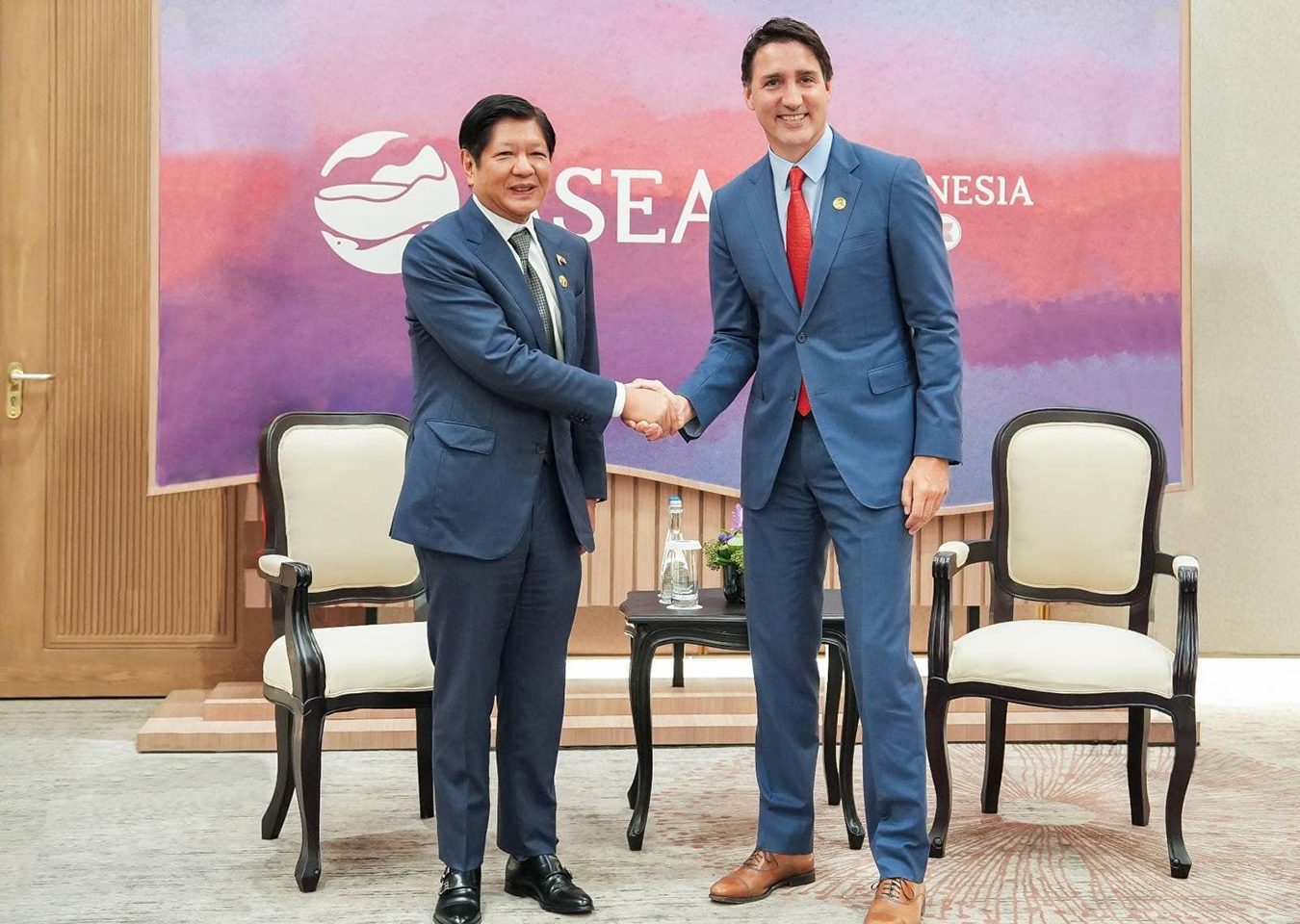
MANILA, Philippines – Canada is eyeing over CAD$15 million (approximately P625.8 million)* in aid for the Philippines over six years, as Ottawa made its pitch to strengthen ties with the Philippines, a minister said during an early January 2024 visit to Manila.
“The Indo-Pacific strategy has a diplomacy component, a trade and investment component, and a significant development component. And that development envelope is for the entire Indo-Pacific region, but of course, the Philippines is part of that region. And so, we expect that some of that take-up will be from the Philippines,” said Canadian Minister of International Development Ahmed Hussen in a media roundtable on Thursday, January 11.
During Hussen’s visit to the Philippines, he had meetings with several Cabinet officials including Environment Secretary Maria Antonia Yulo-Loyzaga and National Economic and Development Authority Secretary Arsenio Balisacan, among others.
The Indo-Pacific strategy that Hussen was referring to is Canada’s roadmap for its relations with the region, released only in 2023.
The opening paragraphs of the strategy reads: “The Indo-Pacific is rapidly becoming the global centre of economic dynamism and strategic challenge. Every issue that matters to Canadians—including our national security, economic prosperity, respect for international law, democratic values, public health, protecting our environment, the rights of women and girls and human rights—will be shaped by the relationships Canada and its allies and partners have with Indo-Pacific countries.”
‘Dinner table’ concerns
Canadian Ambassador David Hartman often simplifies the importance of Philippine-Canadian bilateral ties this way: what happens in the Philippines and the greater Indo-Pacific is “dinner table” talk back at home.
Hussen shares the sentiment. “Really, the familial and people-to-people relationship between the two countries is unparalleled. And it’s a source of pride for so many of us. We are aligned on so many issues,” added the minister, who last visited Manila in 2018 as immigration minister.
Canada is promising CAD$8 million (approximately P333.8 million) over five years to finance climate adaptation, including building “resilience of vulnerable communities by supporting nature-based solutions.” Another CAD$7 million (approximately P292 million) over six years has been earmarked to finance universal health care here.
“The project plans to target vulnerable populations, including women and girls and indigenous people, in four geographically isolated and disaster-prone provinces,” said the Canadian embassy in Manila.
The details of these planned projects have yet to be finalized – Hussen, after all, had just met with key officials in Manila.
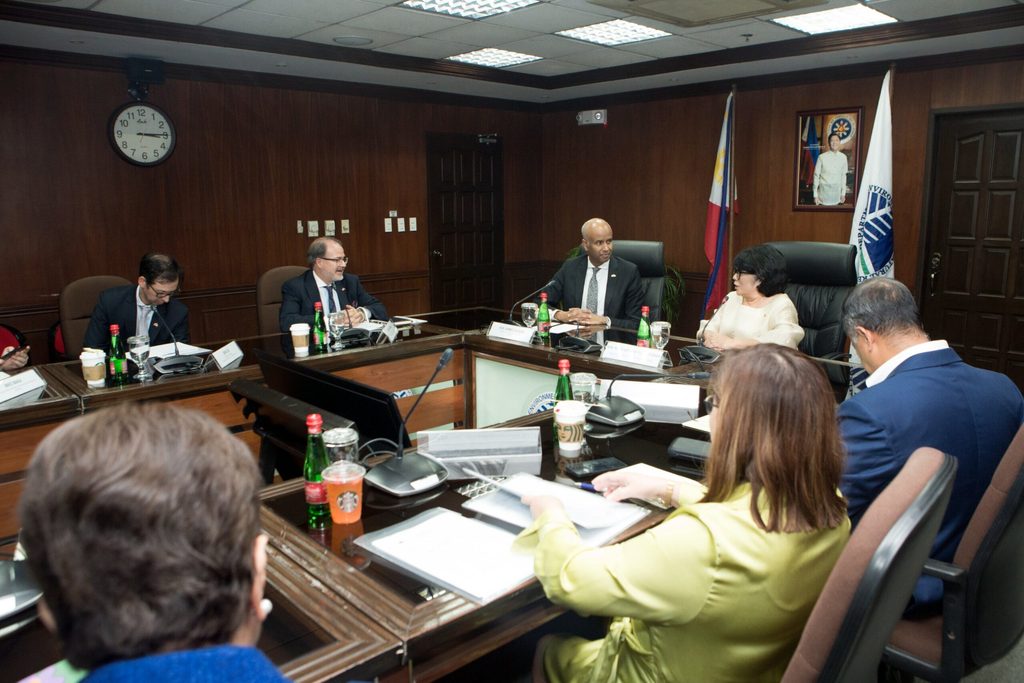
The plans are also only the beginning. Canada’s agriculture minister, Lawrence MacAulay, will be visiting the Philippines in February 2024 just as their Indo-Pacific Agriculture and Agri-Food Office, a hub for the region, opens in Manila.
Canada is also eyeing a late-2024 visit of the jet-setting President Ferdinand Marcos Jr. to Canada. The two nations celebrate 75 years of diplomatic ties in 2024.
The details of a possible visit have yet to be finalized, and negotiations are ongoing, said Canadian Ambassador to Manila David Hartman. “The two countries are working on the technicalities of the visit, but we’re very, very excited to see President Marcos,” he said.
“The President already has existing commitments in the Western Hemisphere, and so the likelihood is that he will be in the neighborhood. So, we’re more or less looking at that time frame,” the ambassador added.
Critical minerals, trade
The North American nation has also hyped the “potential” of private investments from Canada, particularly in developing the Philippine energy industry, infrastructure, and agriculture.
“If we’re talking about more resources, it’s not just us picking up our game and increasing those dollars through the Indo-Pacific strategy. We have the opportunity to leverage some of those additional dollars to also unlock private sector dollars from Canada and…really deploy that in the Philippines. So I’m quite excited about the opportunities,” said Hussen.
Hartman emphasized Canada’s interest in critical minerals. “One of the areas that we’re really quite keen to pursue with the government of the Philippines, the people of the Philippines, is the area of critical minerals…. The Philippines is the fifth most mineralized country on Earth. The crass reality is we cannot have a clean energy, a green energy transition without critical minerals,” the ambassador said.
What’s in it for Canada?
“The candid reality is that the global community needs the Philippines. What Canada wants to be able to do is to be able to help the Philippines extract its mineral wealth responsibly, ethically, and in an environmentally sustainable and sound manner. Canada has a tremendous track record of being able to do that for ourselves back home,” he added.
“Critical minerals” include copper, lithium, nickel, cobalt, and rare earth elements that are key in the shift to renewable or cleaner sources of energy “from wind turbines and electricity networks to electric vehicles,” according to the International Energy Agency.
Alignment with its Indo-Pacific strategy, notably, is part of the “next steps” of Canada’s critical minerals strategy.
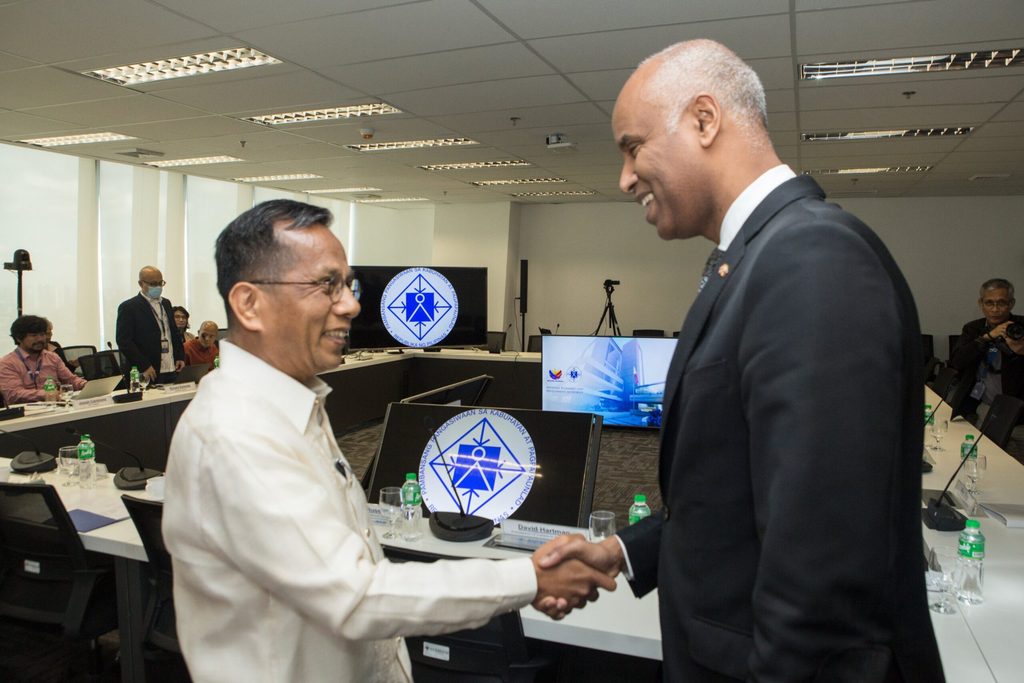
“So it’s not just through the bilateral envelope. There are opportunities through multilateral envelopes that Canada has put significant dollars in, which are available for the Philippines and other countries. And the Philippines is situated in a way to take advantage of those opportunities. That’s part of the reason why I’m here, to talk about those opportunities,” added Hussen.
Hussen said discussions with Cabinet officials here included how “extensive resources” from Canada’s private sector – including managers of their pension funds – could see the Philippines as “a very favorable market for foreign direct investment, to create win-win situations for both peoples here.”
“And if you look at ASEAN [the Association of Southeast Asian Nations], this is a very favorable market. This is the market and the country that makes a lot of sense for Canadian foreign direct investment into the Philippines. Because, as I said, the affinity between the peoples, the business climate, and the strategic location of the Philippines,” he added.
Defense ties, too
Earlier, Canada amped up defense ties with the Philippines.
In 2023, the two countries signed a deal that gave Philippine maritime agencies access to Canada’s Dark Vessel Detection system. It was a timely addition to the Philippines’ resources, as it contends with China’s growing aggressive actions in the South China Sea, particularly in the West Philippine Sea or within the Philippines’ exclusive economic zone.
Canada also announced plans to eventually sign a Visiting Forces Agreement with the Philippines. A VFA would make it easier for Canadian troops to participate in joint exercises with other nations, among other things.
China’s actions in the region, after all, are a concern for Ottawa, as expounded in its Indo-Pacific strategy.
Its 2023 strategy document reads: “China’s rapid and dramatic modernization of the People’s Liberation Army, including its offensive technological capabilities and geographic reach, has caught the region’s attention. As China becomes more assertive and grows in influence, Canada is stepping up as a reliable partner in the region to promote security and stability across the region and at home.”
Tensions in the South China Sea, in particular, are of concern not just to Canada but to the world: up to a third of global trade is estimated to pass through the waterway, making the freedom to navigate it crucial to global trade. – Rappler.com
*CAD$1 is approximately = P41.72, as of posting
Add a comment
How does this make you feel?









![[OPINION] Ayungin and why PH should respond as one team, one nation](https://www.rappler.com/tachyon/2024/06/rl-wps-responding-as-one-team.jpg?resize=257%2C257&crop=262px%2C0px%2C720px%2C720px)




![[In This Economy] Marcos’ POGO ban is popular, but will it work?](https://www.rappler.com/tachyon/2024/07/thought-leaders-marcos-pogo-ban.jpg?resize=257%2C257&crop=255px%2C0px%2C720px%2C720px)
![[Rappler Investigates] POGOs no-go as Typhoon Carina exits](https://www.rappler.com/tachyon/2024/07/newsletter-graphics-carina-pogo.jpg?resize=257%2C257&crop=424px%2C0px%2C1080px%2C1080px)



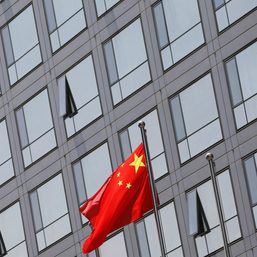
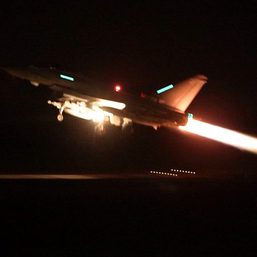
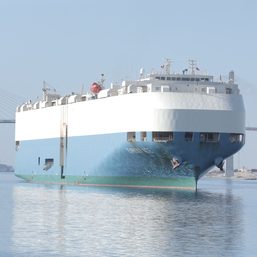
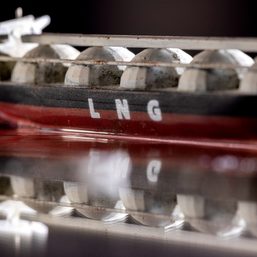
![[Uncle Bob] No whores at the Oarhouse](https://www.rappler.com/tachyon/2024/06/oarhouse-june-28-2024-2.jpg?resize=257%2C257&crop=414px%2C0px%2C1080px%2C1080px)


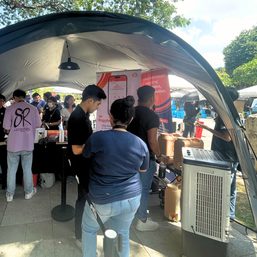
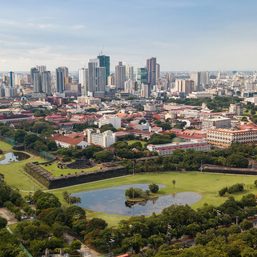


![[Just Saying] SONA 2024: Some disturbing points](https://www.rappler.com/tachyon/2024/07/TL-marcos-sona-points-july-23-2024.jpg?resize=257%2C257&crop=335px%2C0px%2C720px%2C720px)





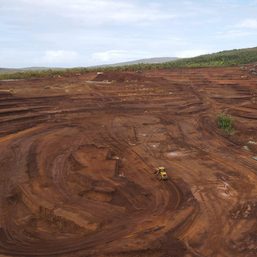
There are no comments yet. Add your comment to start the conversation.